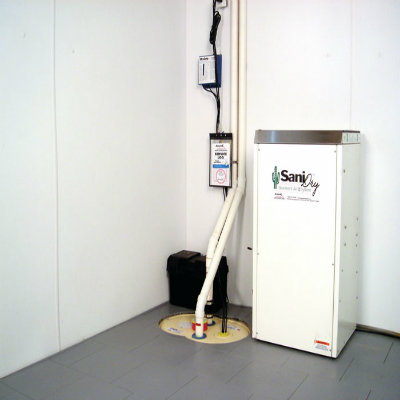How to Get Rid of Mold Allergy

Sometimes molds or fungal spores present in areas exposed to dampness and moisture can trigger a certain allergic reaction. This happens when these fungal spores are inhaled, which later results in allergic rhinitis. Although it is believed that these substances are usually found indoors in warm and humid places, but the truth is that they are found even in normal fresh air. These molds are harmless for most people but can be irritating for some. If you are a victim of Mold Allergy, then knowing a few basic things can provide you relief against it.
Instructions
-
1
Moisture Detection.
First of all, get your house inspected for presence of moisture. Using a moisture meter will let you know if there is excessive moisture present in any area of your house or office.
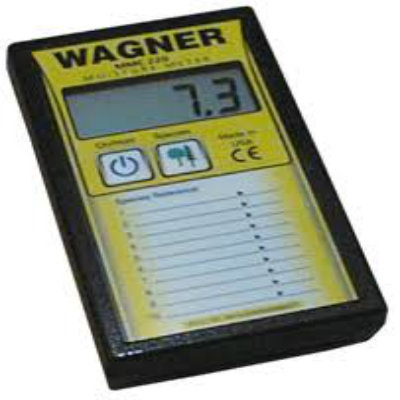
-
2
Check for any Dampness.
Once confirmed about the presence of moisture, ensure that there is no dampness inside your house in places like storerooms, closets and carpeted rooms.
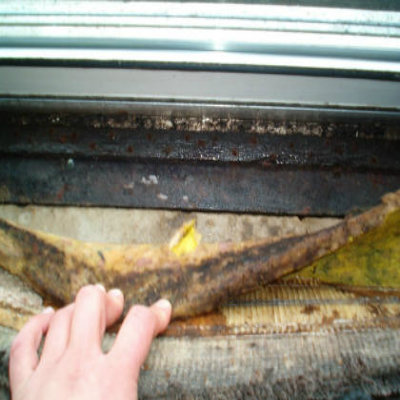
-
3
Ensure No Water Leakage.
Check for any water leakage in the bathrooms and kitchen. If you happen to discover any water leakage, fix it at your earliest lest the mold growth starts.
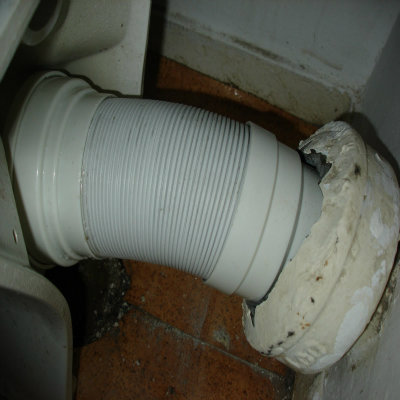
-
4
Washing and Replacing.
Try to wash surfaces with vinegar and hydrogen peroxide if there is a growth of mold. It is also good to replace bathroom and/or ceiling tiles as well as carpets if they have a mold growth.
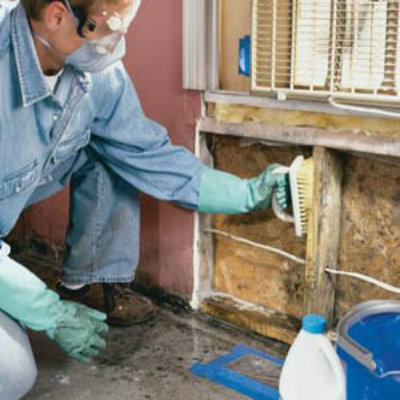
-
5
Installing Exhaust Fan.
In order to reduce humidity in places like kitchens and bathrooms, it is advised to install an exhaust fan.
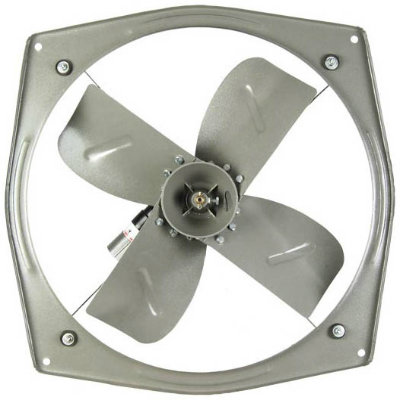
-
6
Allow Ventilation.
If this is not feasible for you, then you can always have a window open to prevent excessive indoor humidity.
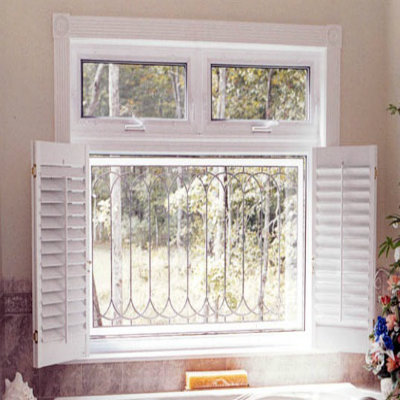
-
7
Installing Dehumidifier.
To reduce humidity, it is good to have dehumidifiers installed in your house. This is specially true for areas that do not have proper ventilation like basements.
